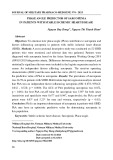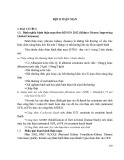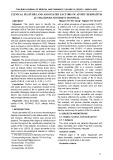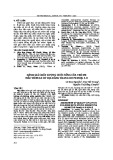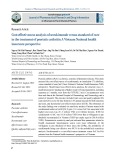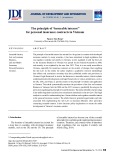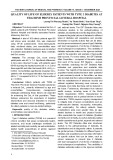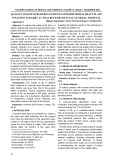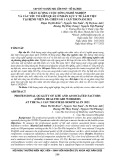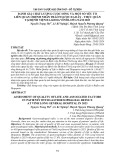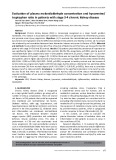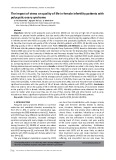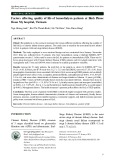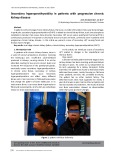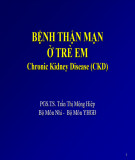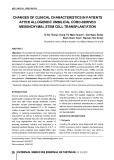
37
Journal of Health and Development Studies (Vol.08, No.01-2024)
Ngo Hoang Anh et al.
DOI: https://doi.org/10.38148/JHDS.0801SKPT23-109
ABSTRACT
Object: Hemodialysis is the common treatment that causes different problems affecting the quality of
life (QoL) of chronic kidney disease patients. This study aims to examine the associated factors related
to QoL in patients with end-stage kidney disease (ESKD).
Methods: The study employed a cross-sectional design and was conducted from January- November
2022. Data was collected from 78 patients who have hemodialysis using a validated KDQOL-SFTM
questionnaire version 1.3 often used to assess the QoL for patients on hemodialysis (HD). There was 01
focus group discussion with Chronic Kidney Disease (CKD) patients and 04 in-depth interviews with
management staff. T-test and ANOVA were conducted to analyze quantitative variables.
Results: Among the 78 study patients, the total QoL in the patients as shown by KDQOL-SFTM was
54.28 ± 4.98. In which, the SF-36 score was 51,27 ± 7,15 and the KDQOL score was 57.29 ± 5.98. Some
demographic characteristics were associated with the low QoL score among ESKD patients such as elderly
people (aged 60 years old or over), occupation pensioner/elderly, unemployment (p<0.001, t=4.3, 95%Cl:
2.4 to 6.4), and some other characteristics of diseases are longer duration of disease >5 years (p=0.006),
duration of HD >3 years (p=0.001); Family factors were also associated with QoL: distance from home to
hospital over 5km (p=0.014, t = 2.5, 95% CI: 0.6 to 5.1), family income (poor and near-poor households)
(p<0.001, t=-3.7, 95% Cl: -10.4 to -3.1), and Social factors: health insurance benefits 95%, no social support
(p<0.001). Management factors: The health insurance’s payment policy affects the QoL of CKD patients.
Conclusion: The QoL score of patients with ESKD is relatively higher compared with previous studies.
Some demographic, disease-related characteristics (duration of disease and treatment), family factors
(distance, income), social factors (health insurance, community support), and health insurance payment
policy were associated with lower patient of QoL.
Keywords: Chronic kidney disease, end-stage kidney disease, hemodialysis, quality of life.
Corresponding author: Ngo Hoang Anh
Email: Anh.yhn@gmail.com
1
HCMC Hospital of Dermato Venereology, VietNam.
2Hoan My Binh Phuoc Hospital, BinhPhuoc,
VietNam.
3Hanoi University of Public Health, VietNam.
4VietNam Institute of Public Health Ho Chi
Minh City, VietNam.
Factors affecting quality of life of hemodialysis patients at Binh Phuoc
Hoan My hospital, Vietnam
Ngo Hoang Anh1*, Bui Thi Thanh Binh2, Ho Thi Hien3, Tran Diem Hang4
ORIGINAL ARTICLES
Submited: 28 November, 2023
Revised version received: 22 January, 2024
Published: 29 February, 2024
DOI: https://doi.org/10.38148/JHDS.0801SKPT23-109
INTRODUCTION
Chronic Kidney Disease (CKD) consists
of 5 stages classified based on glomerular
filtration rate (GFR) and albuminuria. End-
Stage Kidney Disease (ESKD) is the most
severe stage of chronic kidney disease. End-
stage chronic renal failure corresponds to
stage 5 chronic kidney disease (GFR < 15 ml/
min/1.73 m2) (1).






